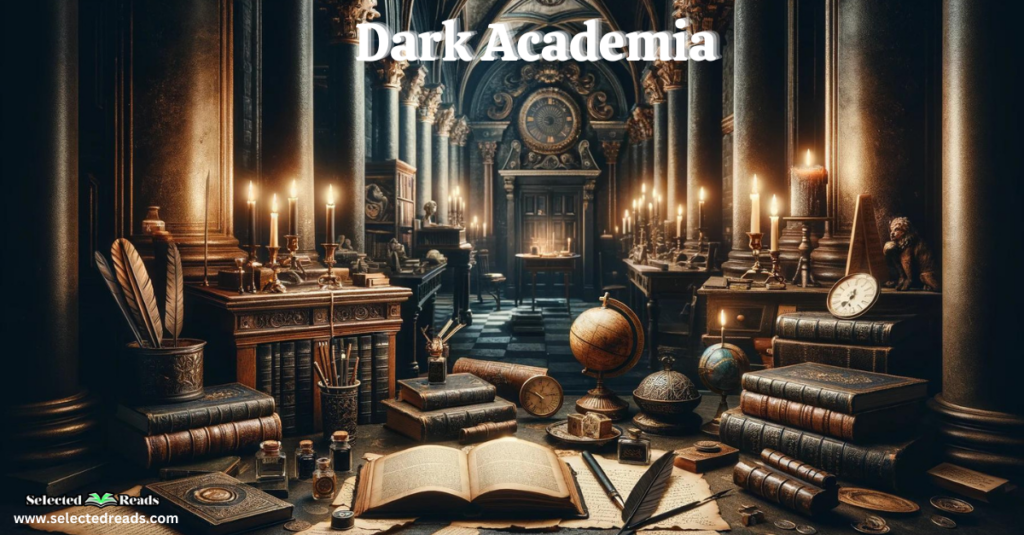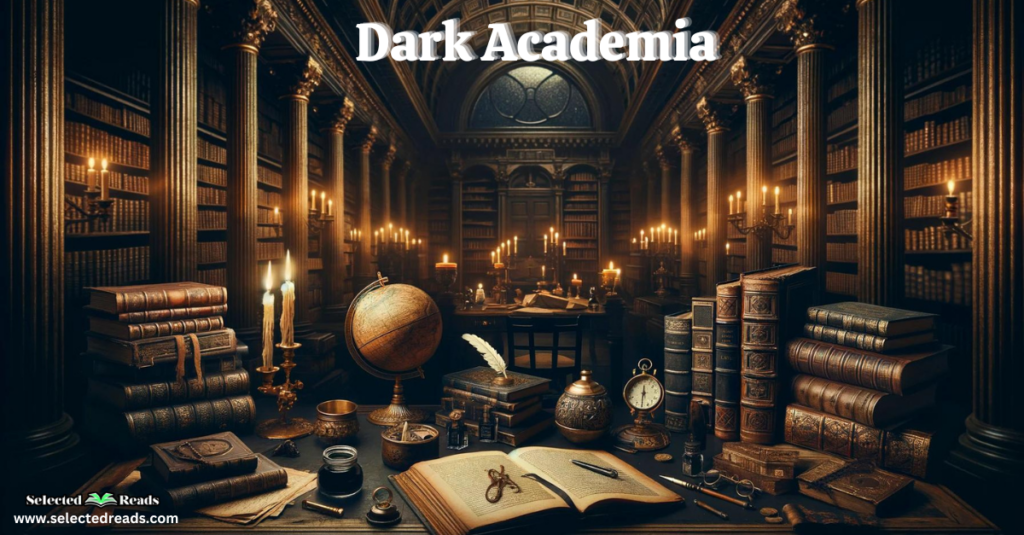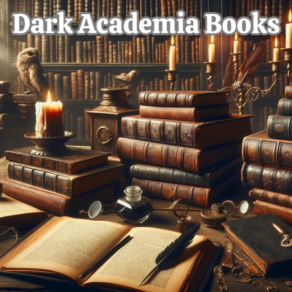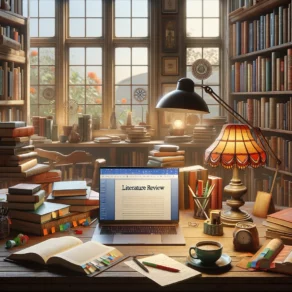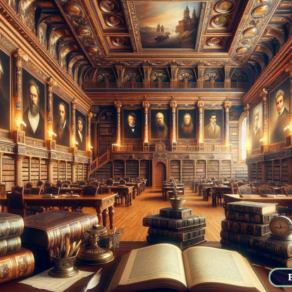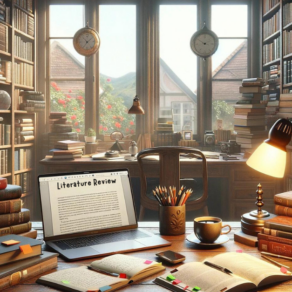Dark academia is an aesthetic lifestyle that celebrates the pursuit of knowledge and a nostalgic, romanticized longing for the past. Bateman (2020) refers to is as “a subculture with a heavy emphasis on reading, writing, learning — and a look best described as traditional-academic-with-a-gothic-edge.”
Dark academia typically incorporates elements of literature, art, history, philosophy, old-world architecture, fashion, and muted colors. Dark academia derives its name from the dark arts in the Harry Potter series. It has grown to encompass a range of interests and themes, from Victorian literature and gothic horror to fantasy and mystery and eve music.
In recent years, dark academia has grown to become a popular aesthetic, both online and off. Whether it’s through literature, fashion, art, music, or photography, people have found themselves increasingly drawn to the romanticized longing for the past that this subculture embodies.
It has become especially popular among teens and young adults, who are drawn to the idea of an idealized past and its associated culture. Not only has dark academia become popular as an aesthetic, but it’s also seen a resurgence in terms of fashion trends, particularly with vintage clothing becoming more widespread.
Related: 15 Best Dark Academia Books
2. Elements of Dark Academia
Here’s a breakdown that captures the essence and nuances of dark academia. Each of these elements contributes to the rich and multifaceted world of dark academia, making it a source of endless fascination and inspiration for those who feel drawn to its shadowy allure.
- Classic Literature: A profound appreciation for works by ancient philosophers, poets, and playwrights. Think of spending rainy afternoons with a cup of tea, engrossed in the works of Homer, Shakespeare, or the Brontë sisters.
- Historical Artifacts and Architecture: Fascination with items and structures from the past, embodying centuries of history and stories. Picture walking through an old library, its walls lined with books that whisper secrets of the past.
- Philosophy and Art: Engaging deeply with philosophical inquiries and artistic expressions that ponder life’s big questions and the human condition. Imagine late-night discussions under dimly lit lamps, surrounded by canvases and sculptures that stir the soul.
- Music and Writing: A love for classical music that evokes deep emotions, and the craft of writing that explores the depths of human experience. Envision composing heartfelt letters with a quill on parchment, or losing oneself in the melancholic melodies of Chopin or Beethoven.
- Vintage Fashion: Embracing attire that harks back to a bygone era, often incorporating tweeds, wool, and intricate designs, accessorized with academic symbols like glasses and leather-bound notebooks. It’s about dressing in a way that feels both timeless and profoundly personal.
- Pursuit of Knowledge: The core of dark academia is a relentless quest for understanding, wisdom, and intellectual achievement. It celebrates the joy of learning for its own sake, in settings that feel both grandiose and intimate.
- Idealized Past: A longing for an imagined golden age of intellectual and aesthetic richness. This element infuses dark academia with a sense of nostalgia and melancholy for times never personally experienced.
- Mystery and Gothic Elements: Incorporating the thrilling and the macabre, dark academia often explores themes of mystery, the supernatural, and the darker aspects of human nature. It’s about reveling in the beauty of the unknown and the eerie.
- Themes of Death, Darkness, and Tragedy: Acknowledging and finding beauty in the morbid, the tragic, and the inevitable aspects of life. Dark academia does not shy away from the complexities and the darker sides of existence, instead embracing them as part of the human experience.
- Moral Dichotomies: Engaging with stories and philosophies that explore the battle between good and evil, light and darkness. This aspect often leads to introspective reflections on morality, ethics, and the choices that define us.
6. Critique of Dark Academia
While many find the aesthetic of dark academia appealing, it has been subject to some controversy in recent years. Critics have argued that the culture glorifies death, depression, and romanticized notions of suicide.
Others argue that dark academia is overly romanticized and encourages escapism from real-world problems. Eurocentrism has also been a point of contention, as some argue that the aesthetic is rooted in a Western idealization of the past. Despite these criticisms, dark academia continues to be popular among teenagers and young adults.
Dark Academia Examples
There is a wealth of books, films, TV shows, and music that perfectly encapsulate the ethos of dark academic. The following are some dark academia examples worth exploring. Each example embodies the love for knowledge, the mystical allure of the past, and the deep, sometimes dark, exploration of human nature and the universe:
Books:
- “The Secret History” by Donna Tartt: A quintessential dark academia novel that delves into mystery, beauty, and tragedy among a group of classics students.
- “If We Were Villains” by M.L. Rio: Explores the intense relationships and dark dynamics within a group of theater students, blending Shakespearean influences with a compelling mystery.
- “The Picture of Dorian Gray” by Oscar Wilde: A classic tale that explores themes of aesthetics, morality, and the desire for eternal youth and beauty, steeped in Gothic elements.
- “Frankenstein” by Mary Shelley: Embodies the dark pursuit of knowledge and the moral implications of playing god, set against a backdrop of Gothic horror.
Films:
- “Dead Poets Society”: Captures the spirit of rebellion against conformity, the love for poetry, and the tragic beauty of youth and ideals.
- “The Imitation Game”: Though more modern, it echoes dark academia through its exploration of cryptography, genius, and the profound cost of secrecy and societal norms.
- “Kill Your Darlings”: Delves into the early days of the Beat Generation poets, filled with literary passion, complex relationships, and a murder mystery.
- “Gothic”: Explores the night Mary Shelley conceived “Frankenstein,” blending horror, history, and literary creation.
TV Shows:
- “A Discovery of Witches”: Combines history, magic, and academia, set within the venerable walls of Oxford’s libraries and filled with ancient manuscripts and dark secrets.
- “The Magicians”: A group of students at a magical university explores the dark and complex nature of fantasy and reality, touching on themes of power, trauma, and the search for meaning.
- “Penny Dreadful”: Weaves together classic Gothic tales and historical figures into a dark tapestry of supernatural horror and psychological depth.
Music:
- Classical Music: Compositions by Chopin, Bach, and Beethoven offer a somber, introspective backdrop that complements the dark academia aesthetic perfectly.
- “The Raven That Refused to Sing (And Other Stories)” by Steven Wilson: An album filled with narrative-driven songs that explore themes of loss, ghost stories, and the supernatural.
- Folk and Baroque Pop: Artists like Fleet Foxes and Joanna Newsom create intricate, lyrical music that evokes the past’s haunting beauty and complexity.
Related: Best Books on Research Ethics
Conclusion
Overall, dark academia is an aesthetic that celebrates a romanticized version of the past and encourages appreciation for knowledge and the pursuit of learning. It has become increasingly popular in recent years, as more people find comfort and solace in its combination of literature, fashion, art, music, and photography. However, the culture has also been subject to some controversy due to its connection to death and depression. Despite this, it remains a popular aesthetic among many people.
Sources:
- Bateman, K. (). Academia Lives — on TikTok, The NEW York Times, https://www.nytimes.com/2020/06/30/style/dark-academia-tiktok.html
- Britannica, T. Editors of Encyclopaedia (2024, March 7). Romanticism. Encyclopedia Britannica. https://www.britannica.com/art/Romanticism
- Dark Academia, Wikipedia, https://en.wikipedia.org/wiki/Dark_academia
- Horgan, A. (n.d.). The “Dark Academia” Subculture Offers a Fantasy Alternative to the Neoliberal University. Jacobin, https://jacobin.com/2021/12/instagram-tumblr-humanities-romanticism-old-money-uk
- Peter Fleming. (2021). Dark Academia : How Universities Die. Pluto Press.
- Eve, M. P. (2016). Aesthetic Critique. In Literature Against Criticism: University English and Contemporary Fiction in Conflict (1st ed., pp. 57–86). Open Book Publishers. http://www.jstor.org/stable/j.ctt1sq5v00.8



